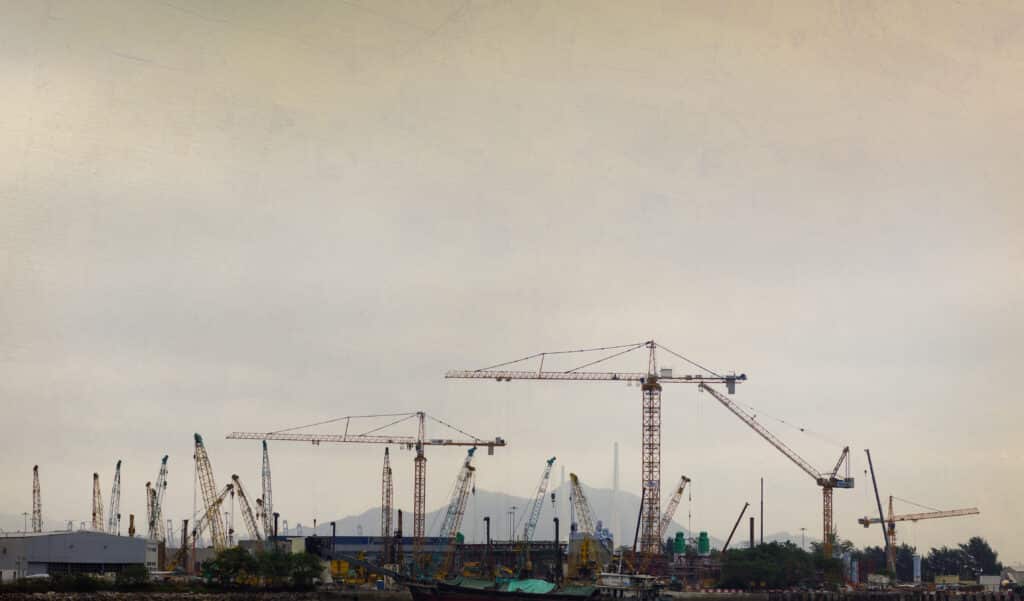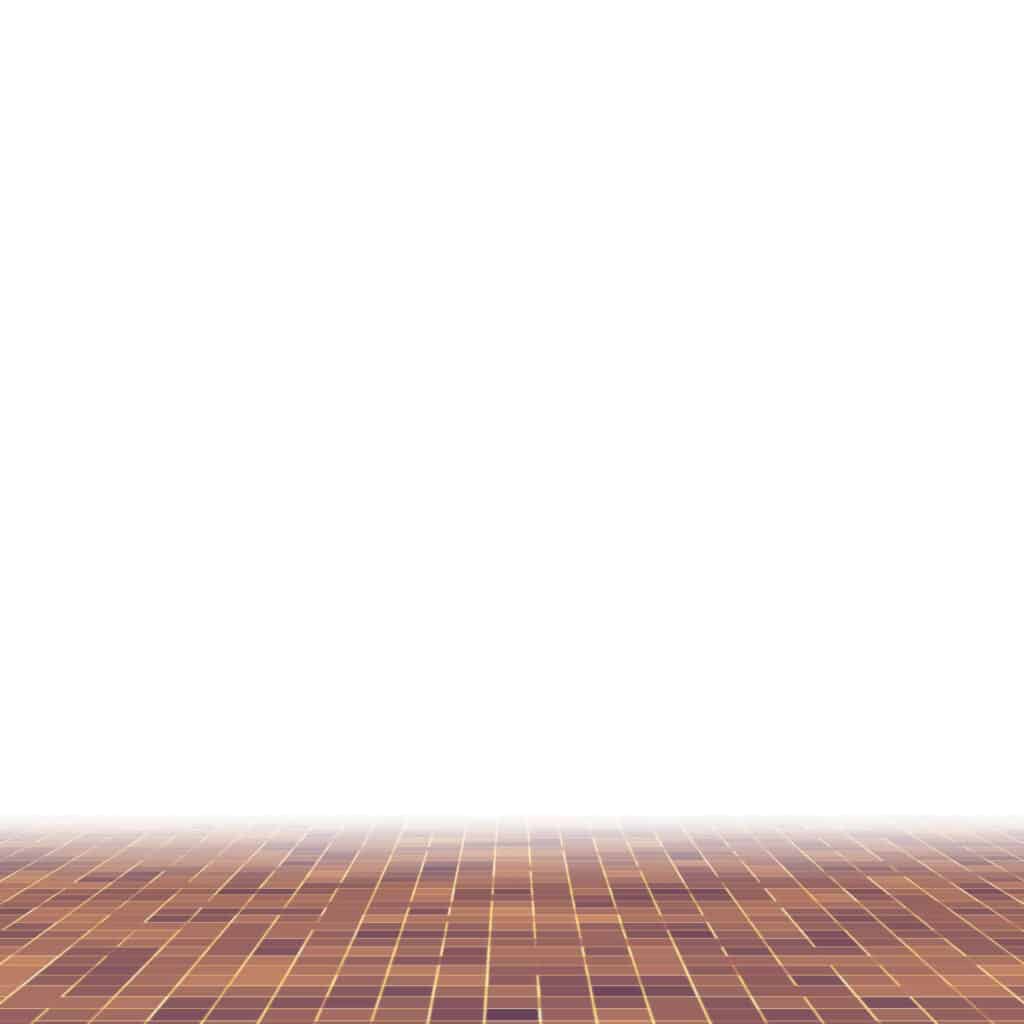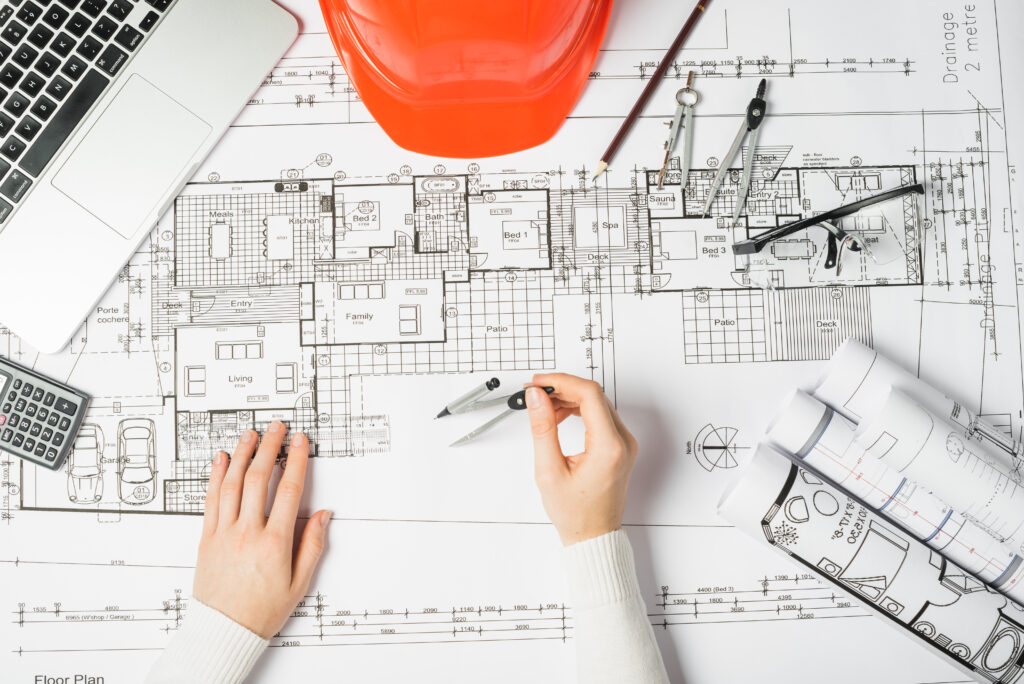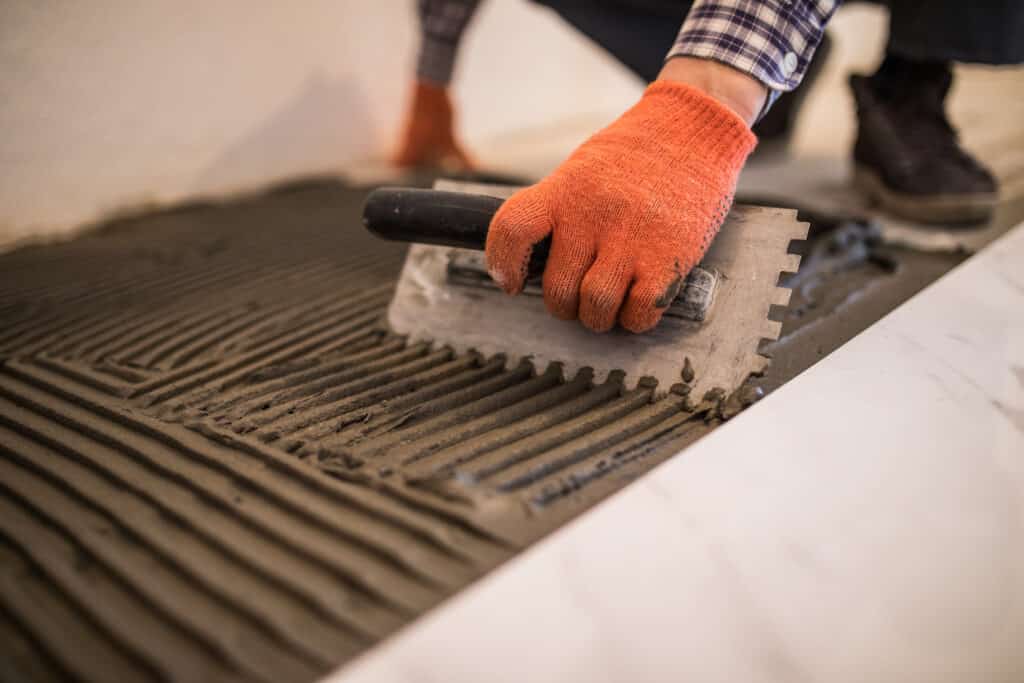AV Infratech Structural Systems Specialists in Post Tensioning
Advantages of Post Tensioning
Every Architect Should Know

Financial Savings
Most people are aware that, compared to traditional reinforced concrete construction, post-tensioning reduces construction costs in terms of concrete and reinforcing steel quantities. Some people might be surprised to learn about the cascading cost savings that take place across numerous building cost components. The following is a list of construction elements that will be less expensive than those used in other types of buildings:
Because PT floors are thinner than traditional concrete floors, there is often a 20% reduction in the dead load of the building overall. The amount of reinforcing steel in columns and foundations is decreased as a result of the reduction in dead load.
Shear walls and foundations can be more affordable by 20% or more because of the lower structural mass when seismic impacts are in charge of the lateral load resisting systems.
Floor-to-floor heights are decreased because PT floors are substantially thinner than composite concrete over metal deck systems and significantly thinner than standard concrete floors. A steel office building’s floor typically has a structural depth of 30 inches. Similar to this, a regular concrete office building floor typically has a structural depth between 24 and 26 inches. A post-tensioned concrete office floor has a structural depth of no more than 18 inches. In comparison to a standard concrete building, this saves more than 6 inches each floor, and in comparison to a steel building, it saves more than 1 foot per floor.
As a result, the cost of every construction system related to building height decreases in direct proportion to the building height reduction. For instance, compared to an office building made of structural steel, the cost of the building façade will be cut by 8%. Additionally, MEP risers, lifts, and other items can be saved on.
Smooth Construction
The quick construction process is another advantage of post-tensioning. The building of a floor can be finished more quickly because fewer materials are required and the formwork is straightforward. You can save time by post-tensioning in these instances:
LESS STEEL IS USED.
Steel placement is one of the most time-consuming construction tasks, and because PT designs require less steel, slabs will be ready for pouring sooner. Post-tensioned flat slabs only need about 2 to 3 lb/ft2 of steel, as opposed to ordinary concrete slabs, which need about 5 to 7 lb/ft2 of steel.
RESHORING AND SLAB FORMWORK CAN BE REMOVED EARLIER.
Once the concrete reaches a strength of 3000 psi, PT slabs are prepared for stressing. Stressing the tendons two to three days following the pour is extremely common. Formwork can be promptly stripped after straining is finished and moved to a subsequent pour.
FOLLOW-ON TRANSACTIONS CAN BEGIN EARLIER.
There are fewer levels of reshoring beneath the formwork needed for thinner slabs and beams. This enables subsequent trades, such as internal partition construction, façade work, and MEP, to begin their work early. The whole project schedule is greatly shortened as a result.


Sag and Floor Vibration were Reduced
Increased incidences of vibration and deflection may be the outcome of building floor constructions that are lighter and longer. However, post-tensioning gives the concrete two essential properties that greatly reduce vibration and sag. The cables’ profile within the concrete first creates a load balancing effect. The concrete slab does not feel its own weight since post-tensioning’s load balancing efficiently handles a sizeable percentage of the slab weight. Reduced deflections or sag are the result. Second, the slabs are made so that they won’t crack even under typical loading. Slabs are substantially more rigid when they are not cracked. The “gross section properties” can be used to calculate deflection and vibrations in technical language.
Flexibility in Architecture with Space and Form
For conventional concrete slabs to remain strong and functional, they must be a certain thickness. With post-tensioned concrete, however, you may construct longer and thinner slabs without sacrificing structural serviceability. Less columns provide for more flexibility in floor plans and layouts, particularly in residential and commercial buildings.
Designing stronger, longer unsupported spans with thinner floors is possible using PT. Because of this, post-tensioning is a great way to manufacture concrete slabs for big constructions like parking lots, theatres, roofs, bridges, and distinctive architectural styles.
Post-tensioned concrete is perfect for making extended cantilevered slabs for elegantly designed balconies and other futuristic architectural features since it can be contoured for greater spans, curved floors, and irregular grids. Because they allow for dynamism and beautiful shapes, post-tensioned slabs can provide slick and remarkable designs. They give architects and engineers the freedom to be creative with their building designs without sacrificing the buildings’ strength, stability, or quality. Simply said, PT concrete parts offer excellent and effective architectural features and limitless design options for structural structures. The floor slab can be supported by columns that can be placed at random thanks to PT flat plates with unbonded tendons. This gives architectural designs a tonne of versatility.


Building Foundations Requires Strength and Flexibility
Mat foundations are a good candidate for post-tensioning, which has numerous advantages for the project. The foundation system’s depth can be decreased without increasing costs. This will result in material savings on things like concrete and rebar. The expense of foundation excavation and excavation support will also be lessened.
Mat foundations have the potential to actively transfer loads throughout the foundation system thanks to the prestressing forces and cable profiles. Since they may span over subsurface weak points like utilities, tunnels, stormwater management vaults, etc., post-tensioned foundations have a special advantage over other types of foundations. Moving weights from one group of piles to another via post-tensioning can also be used to equalise the loading going to caissons or supporting piles.
Structures made of traditional concrete might be destroyed by expansive clay soils or soft soils. Post-tensioned concrete, on the other hand, offers superior structural benefits like high stability and less differential settlement, making it perfect for foundations with expansive or soft clay soils.
Sustainability
Comparing post-tensioned concrete to traditional concrete or steel with composite floor slab construction results in a significant reduction in the amount of concrete and steel used in the structure. By lowering the overall self-weight of the floors conveyed to columns, shear walls, and foundations, this efficiency benefits the entire structure. Reducing the amount of cement used in concrete will help cut down on greenhouse gas emissions. Other architectural elements, including as the building façade, MEP, mechanical equipment, and lifts, are also reduced, as was already said. Therefore, through less material consumption, quicker construction, fewer transportation trips, and fewer interruptions to the local neighbourhood during construction, the environmental impact is minimised throughout the building’s life cycle. Additionally, the amount of interior conditioned space is decreased as a result of the overall building height being lower. Additionally, because concrete has a higher thermal mass than other materials, the cost of heating and cooling the structure will be lower during its entire lifespan.
The building’s overall sustainability is greatly influenced by the use of post-tensioned concrete construction. The use of post-tensioned concrete will provide enormous long-term benefits for architects, engineers, and owners in terms of sustainability and resilience.

